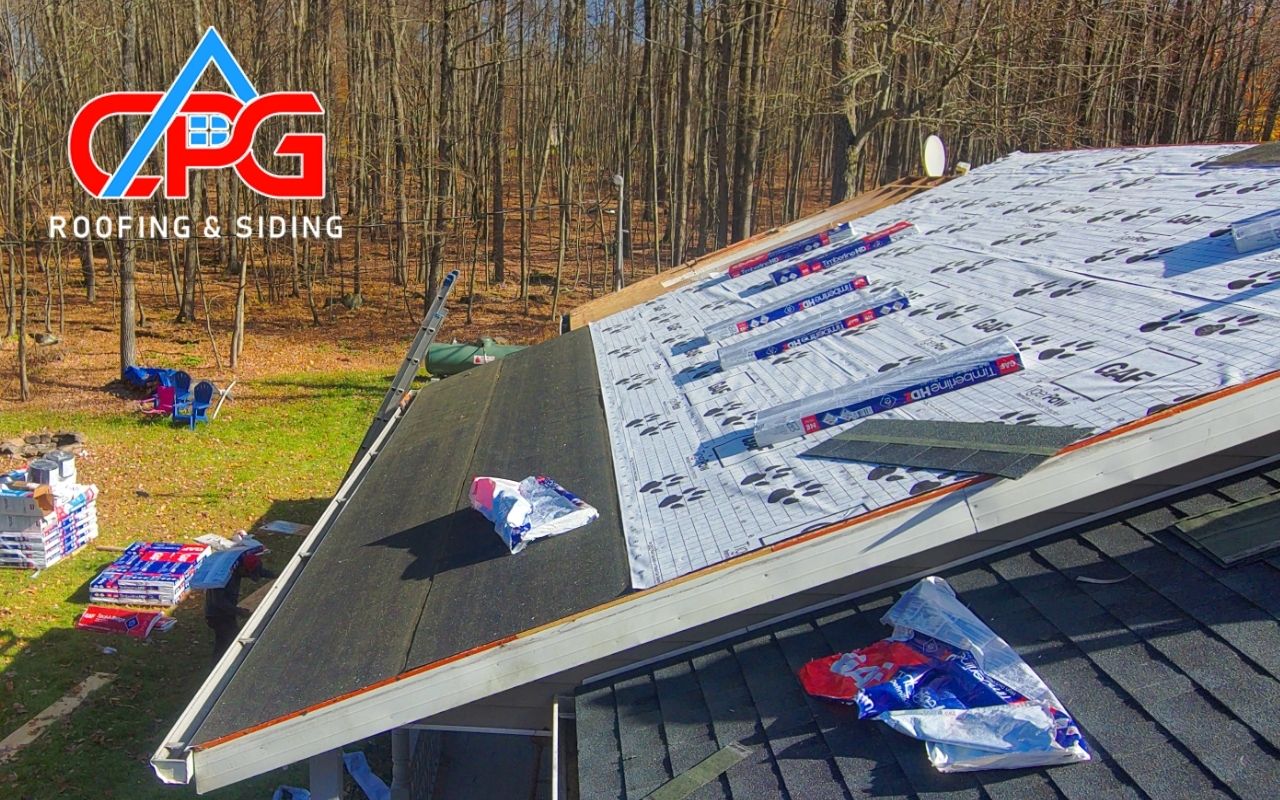
When a storm hits, your roof is the first line of defense—and often the first to suffer damage. A thorough post-storm roof inspection helps you identify hidden problems early, before they lead to leaks or costly repairs.
In this blog, we’ll explain the importance of roof inspections after severe weather, what signs to look for, and how to safely inspect your roof or know when to call a pro.
Why a Post-Storm Roof Inspection Is So Important
Not All Damage Is Easy to Spot
High winds, hail, and heavy rain can shift shingles, crack flashing, or clog gutters. Many homeowners don’t realize their roof has been compromised until water starts leaking inside.
Learning the early roof damage signs can help you act fast before minor issues turn into expensive repairs.
Insurance Claims Require Timely Action
If you plan to file a claim for storm damage, most insurers require prompt documentation. A professional inspection offers the evidence you need to support your case and ensure timely repairs.
Not sure what to look for? Our roof inspection tips can help guide your initial check.
What to Include in Your Post-Storm Roof Inspection
Whether you’re inspecting from the ground or calling a professional, here’s a checklist of what to look for:
- Shingles: Cracked, lifted, torn, or completely missing
- Flashing: Damaged or loose flashing around chimneys and skylights
- Gutters: Overflowing debris, granule loss, or bent metal
- Attic: Damp insulation, water stains, or sunlight coming through boards
- Exterior walls/ceilings: Water marks or bubbling paint
Want a full breakdown? Follow our roof inspection guide to stay thorough and safe.
Common Roof Issues That Appear After Storms
It’s not just the obvious damage—storms can reveal underlying problems with your roofing system, especially if the roof is older. From mold in the attic to blown-off shingles, even minor storm events can lead to serious issues over time. That’s why scheduling a roof inspection after storm activity is so important. It helps identify hidden damage early and prevents larger structural problems from developing.
Explore the common roof issues that often follow severe weather.
FAQs – Post-Storm Roof Inspection
How soon should I get a roof inspection after a storm?
Within 24–72 hours is ideal. This allows you to catch damage early and document it for insurance.
What if I don’t see visible damage?
Hidden issues like cracked underlayment or dislodged flashing can still allow water in. A professional inspection helps uncover what you can’t see from the ground.
Should I inspect my roof myself?
You can start with a visual check from the ground or attic, but a licensed roofer will provide a complete and safe evaluation.
Worried about your roof after a storm? CPG Roofing & Siding offers fast, expert post-storm roof inspections to help you protect your home. Contact us today.
Stay Protected with Help from CPG Roofing & Siding
A professional post-storm roof inspection gives you peace of mind and protects your home from long-term damage. At CPG Roofing & Siding, our experienced team knows what to look for—and how to fix it.
Book your inspection today and make sure your roof is storm-ready for every season.

